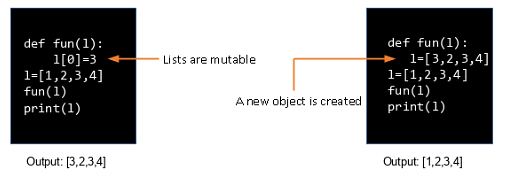Explore Your Creativity With Thousands Of Online Classes.
Nobis est eligendi optio cumque nihil impedit quo minus id quod maxime placeat facere possimus, omnis voluptas assumenda est, omnis dolor repellendus. Temporibus autem quibusdam et aut officiis debitis aut rerum necessitatibus saepe eveniet. Itaque earum rerum hic tenetur delectus.






